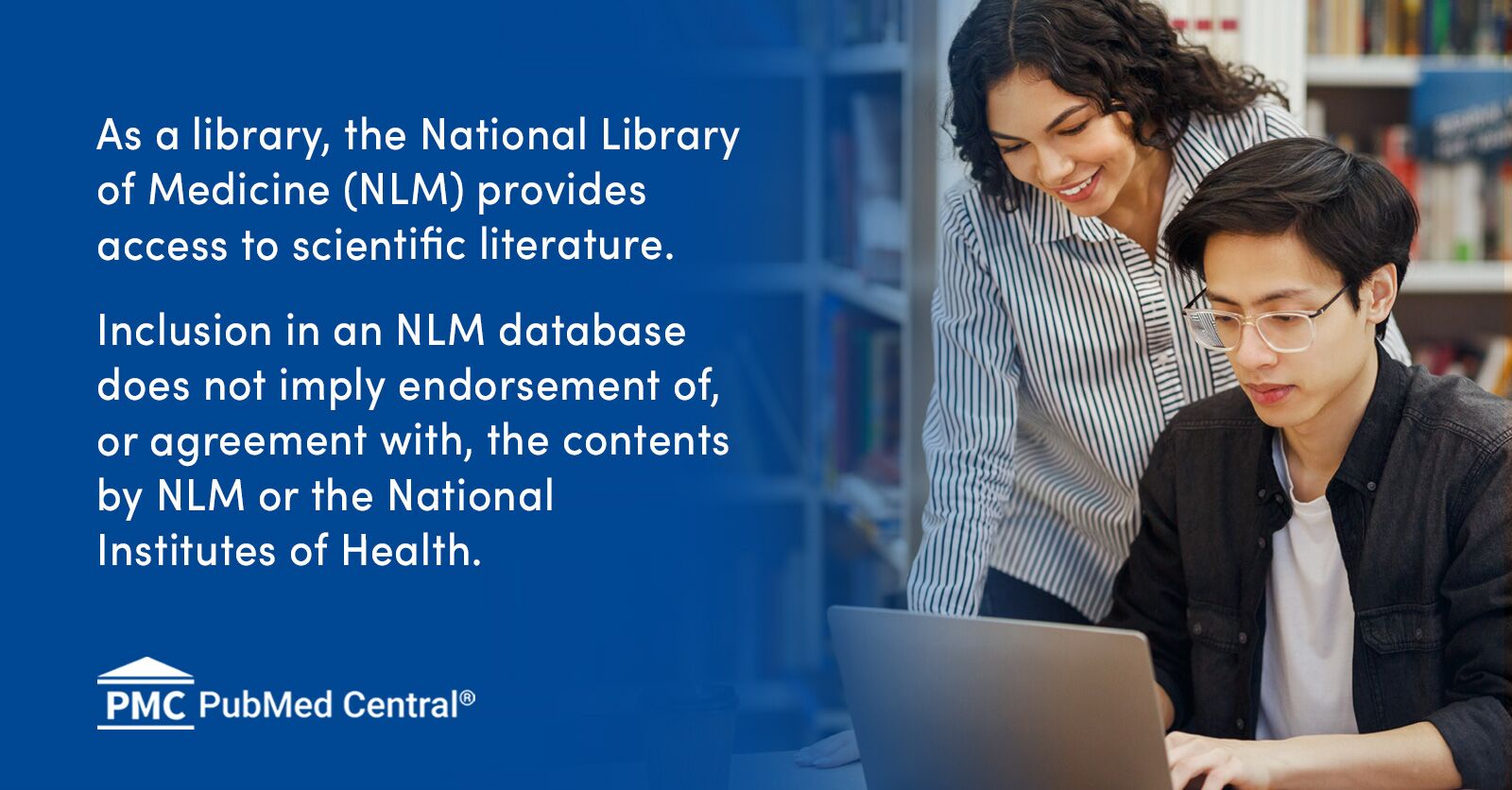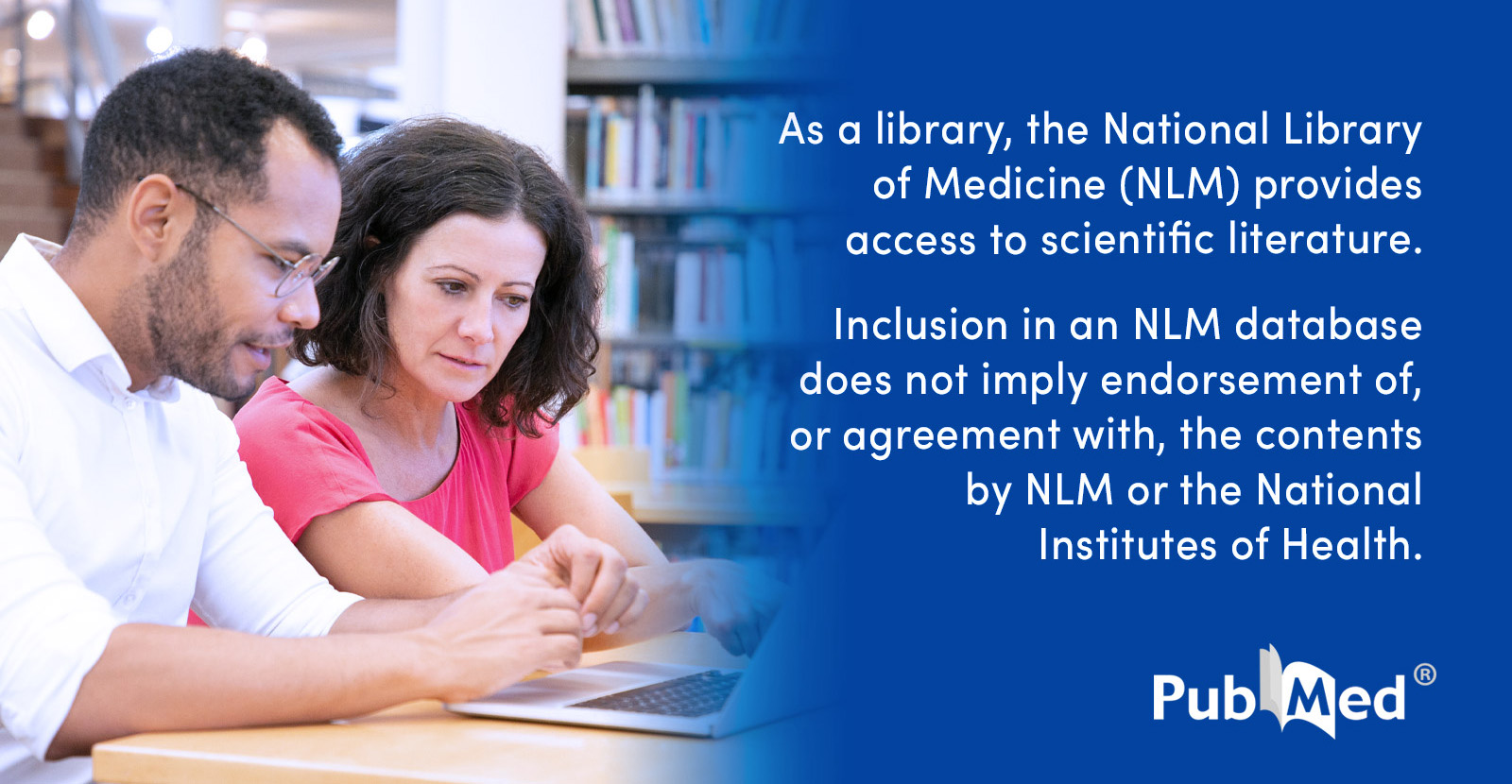Nagelfar
Bluelight Crew
- Joined
- Nov 23, 2007
- Messages
- 2,527
It's been a while, anyone miss me? Did a stint in Walla Walla. Don't ask.
Thinking of DAT substrates (not uptake inhibitors) that are sodium channel blockers. Any ideas or actual instances for me?
Also, I recently had a genetics test done, I don't have all the info with me, but apparently I am a non-standard polymorphism for the 2a serotonin receptor. Any indication of how this would effect medications or just my own neurobiology? (P. S. psychedelics have never worked on me, though I've not done large amounts by far, salvinorin either)
Thinking of DAT substrates (not uptake inhibitors) that are sodium channel blockers. Any ideas or actual instances for me?
Also, I recently had a genetics test done, I don't have all the info with me, but apparently I am a non-standard polymorphism for the 2a serotonin receptor. Any indication of how this would effect medications or just my own neurobiology? (P. S. psychedelics have never worked on me, though I've not done large amounts by far, salvinorin either)
Last edited:



